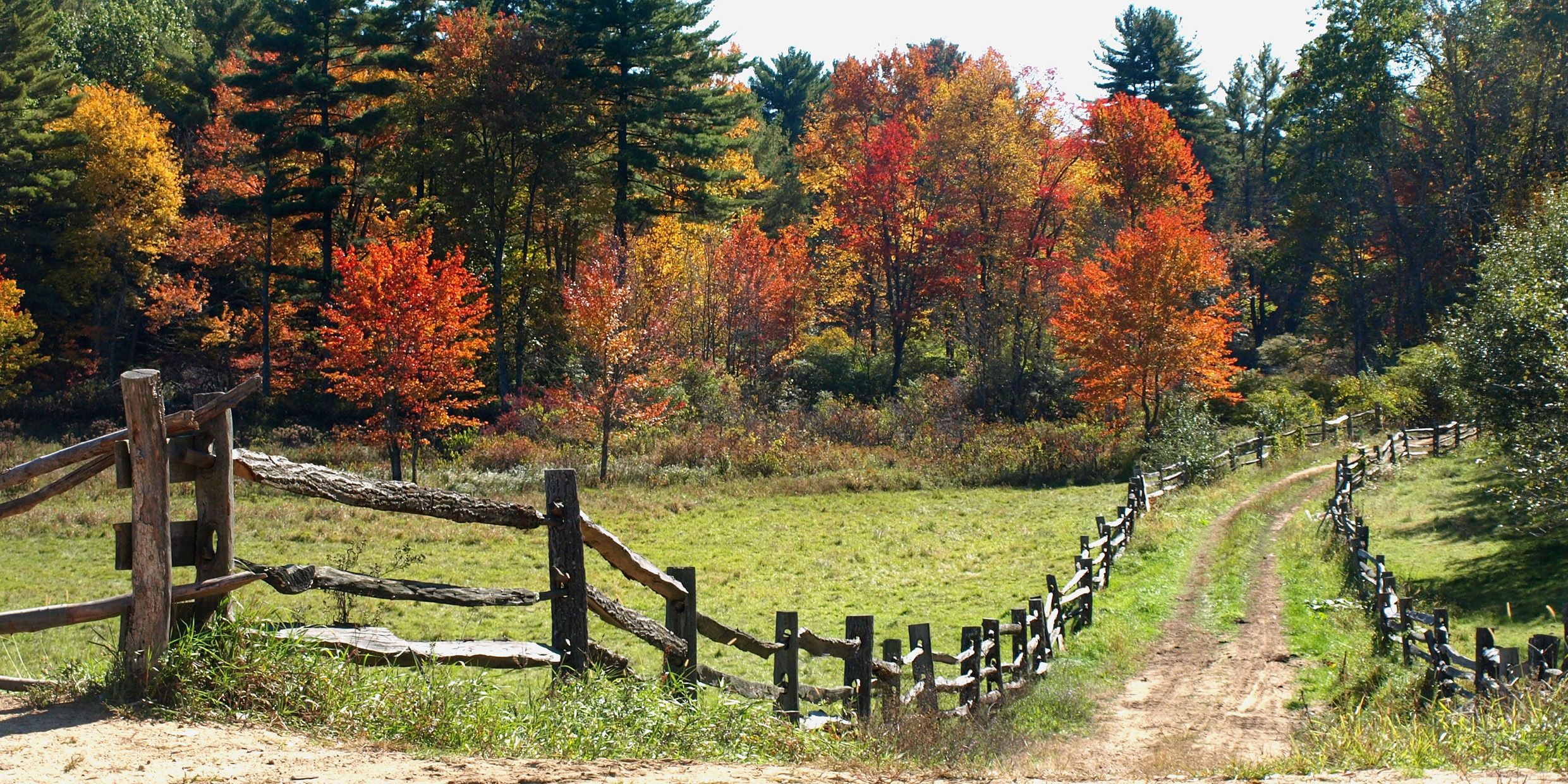Originally published 29 July 1991
On this day exactly 200 years ago Gilbert White, the vicar of Selborne village in England, wrote this in his naturalist’s journal:
“Made black currant-jelly. Finished cutting the tall hedges. Gathered some lavender.”
For 25 years White recorded in his journal the events of his village: bird migrations, the blossoming of trees, the growth of plants, changes in the weather. No single observation was itself exceptional, but taken together White’s journal observations are a richly textured record of life on one square mile of English soil. Out of this record he wrote The Natural History of Selborne, a classic of Western literature.
It is more than a classic, it was a beginning — the beginning of a tradition of natural history writing that quickly made its way across the Atlantic, taking particular root in New England. At the heart of the tradition is the idea that any place on Earth contains all places, and any interval of time contains all time.
Henry David Thoreau established the pattern for America. The waters of Walden Pond were deep enough to hold all of human history, and the view from the door of his cabin encompassed the distant stars. Within a square mile of land surrounding his pond Thoreau discovered universal truths.
A New England tradition
New England has produced other prominent naturalist/writers who settled in one unexceptional place and nature’s unceasing rhythms plug them into the universe. Henry Beston in the outermost house on Cape Cod. Hal Borland in a quiet valley of the Housatonic River. Edwin Way Teale on an old farm in Connecticut. We could stretch the borders of New England slightly to include John Burroughs, who lived in a house called Slabsides near the Hudson River in New York and said that sooner or later the turning Earth brought everything by his door.
John Hanson Mitchell continues the tradition.
Mitchell is editor of Sanctuary, the magazine of the Massachusetts Audubon Society. He is author of four books on natural history, including two that pay particular homage to the tradition of White and Thoreau: Ceremonial Time (1984), and Living at the End of Time (1990), now published as a handsome new paperback set.
I am late discovering Mitchell’s books. I read reviews when they were first published and recall thinking each time, “This sounds like a must-read.” But somehow the books slipped by me until now. And just as well, because back-to-back they make a particularly pleasurable read.
Ceremonial Time is subtitled “Fifteen Thousand Years on One Square Mile.” The one square mile is a patch of land 35 miles west of Boston called Scratch Flat. It is nowhere, it is everywhere. Mitchell tells its history, beginning with the retreat of the glaciers at the end of the last ice age, and continuing through the tenure of Native Americans and settlement by Europeans to the building of Route 495 and the Industrial Park.
Living at the Edge of Time takes up where the first book ends. Mitchell builds a one-room cabin at Scratch Flat, in conscious imitation of Thoreau. The cabin has no electricity or running water. Across the valley is busy Route 495 and a big new Digital Equipment Corporation plant. In this incongruous environment — Walden Pond meets America’s Technology Highway — he lives for a year.
Modern science and Indian lore
Mitchell mingles the history of Scratch Flat with the lives of his neighbors, folks at once unexceptional and remarkably unique. Native Americans are prominent among them, and both books combine modern science and Indian lore in telling the story of the land. The title of the first book refers to the primitive concept of ceremonial time, usually associated with a sacred dance or ritual, in which past, present and future can all be perceived in a single moment.
A Native American named Nompenekit explains ceremonial time to Mitchell: “It is then [during the ritual] that you can actually see events that took place in the past. You can see people and animals who have been dead for a thousand years; you can walk in their place, see and touch the plants of their world.”
It is here, in Nompenekit’s definition of ceremonial time, that we catch sight of the real significance of the naturalist tradition — the tradition of White, Thoreau, and Mitchell.
Science insists upon universals, laws of nature that are constant in time and space. The patterns and rhythms established by those laws persist across eons and light years. By inserting ourselves into those patterns and rhythms we are able to see people and animals who have been dead for thousands of years: woolly mammoths and dire wolves, mastodons and saber-toothed tigers. We can walk in their place, at the edge of the great glaciers. We can see and touch the plants of their world. We can join the sacred rituals Nompenekit’s ancestors in a pristine world still recovering from the chill of ice.
For the naturalist, science is more than a collection of facts about the world. It is a way of engaging with universals, of inserting ourselves into the fabric of nature. Science is a magic carpet that lets us travel to the end of time and to the outermost corners of the galaxies — all without leaving the one square mile of our own backyards.



